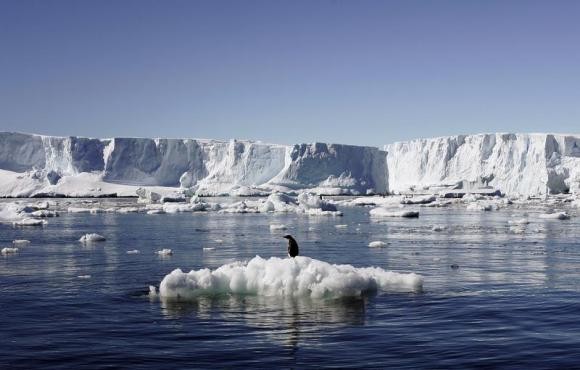Based on calculations from a NASA satellite, 118 billion metric tons (130 billion tons) of thawed ice have yearly entered Antarctica's sea during the past decade. That amount of water is enough to fill over 1.3 million Olympic swimming pools, and could eventually cause irreversible effects.
The weight of the thawed ice is also equal to over 356,000 Empire State Buildings, according to Huffington Post. Water is melting ice hundreds of meters (thousands of feet) below the surface of Antarctica in its extreme northern region.
In the worst case scenario , in one or two centuries the sea level s of Antarctica could rise a maximum of three meters (10 feet). This makes Antarctica "ground zero" of global climate change, according to Jerry Mitrovica, Harvard geophysicist.
Each year 45 metric tons (49 billion tons) of ice melt on the Antarctic peninsula, according to NASA. After water underneath the ice warms, the ice moves on to land. Warmer air has caused the surface temperatures to rise much quicker than the average throughout Earth.
The British Antarctic Survey's Peter Convey has noticed changes in Antarctica's geology during the past decade. Permanent blocks of snow and ice are smaller than they were 10 years ago.
Last month, scientists observed a major change in satellite images. In 2014 a huge crack in one of the peninsula's ice shelves (Larsen C) had expanded by approximately 20 kilometers (12 miles).
If the Earth continues to emit increasingly more greenhouse gases, the situation will worsen. The results to the environment could become irreversible, according to Discovery.
The fate of the world depends on how quickly the ice in Antarctica melts. If the seas indeed rise 10 feet, coastal cities such as New York, Tokyo, and Mumbai could experience $1 trillion yearly in flood damage.



























